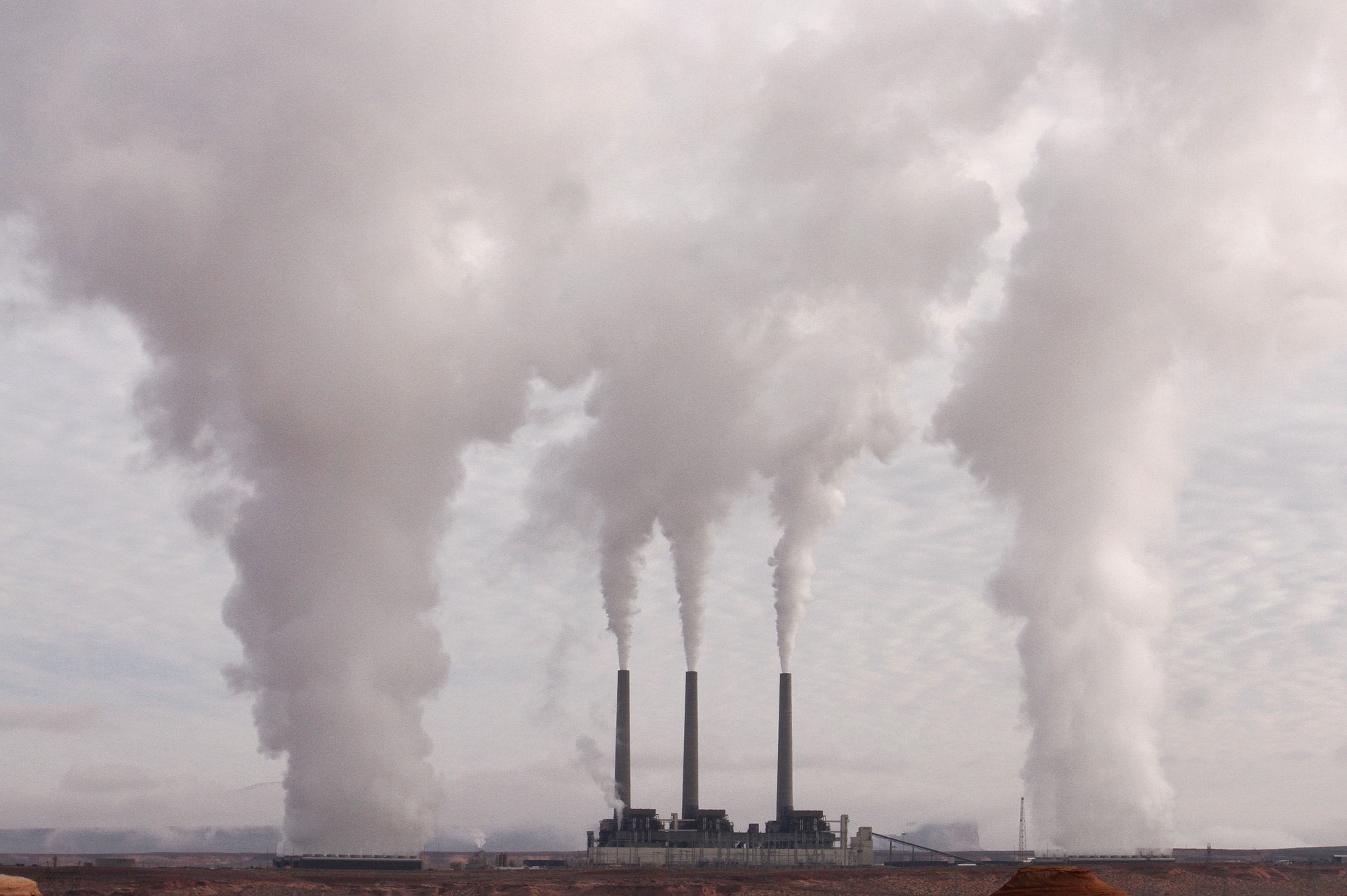Media release
From:
Expert Reaction
These comments have been collated by the Science Media Centre to provide a variety of expert perspectives on this issue. Feel free to use these quotes in your stories. Views expressed are the personal opinions of the experts named. They do not represent the views of the SMC or any other organisation unless specifically stated.
As the climate science-based 1.5°C trajectory starts to seem more difficult to achieve with the world needing to halve collective greenhouse gas emissions between 2020 and 2030, there is hope on the horizon with mass-scale renewable technologies becoming competitive with fossil sources.
This is happening even in places such as Australia where coal and natural gas can be produced cheaper than in most other parts of the world.
When combined with other key technologies such as batteries, rooftop solar PV and electric vehicles, we have a complete set of 'solution blocks' for mass decarbonisation of electricity and transport through its electrification. These two sectors account for up to two-thirds of the world's energy-based carbon emissions.
A parallel trend that should not be overlooked and is directly related to the proliferation of large-scale renewable technologies is the advent of rooftop solar PV and other distributed energy resources that mainly include community and residential batteries as well as electric vehicles, especially when used in vehicle-to-grid functionality.
While we do have many elements of the solution, integrating them together and into the legacy infrastructure is quite a challenging task. This is where AI [artificial intelligence] methods in their full range of forms come in.
Optimisation, Machine Learning and Data Science, time series forecasting as well as anomaly detection, to name a few, have a crucial role to play in the design and operation of the future carbon-free electricity grid.
Together these trends work together to create a new energy future which has a strong chance of meeting our 1.5°C climate objective.
Professor Steven Sherwood is ARC Laureate Fellow at the ARC Centre for Climate System Science and UNSW Climate Change Research Centre and Chief Investigator at the ARC Centre of Excellence for 21st Century Weather
This result is not in any way surprising. As we have known for many years, to stop CO2 levels from increasing would have required global emissions to drop by roughly half, but even the COVID-19 pandemic came nowhere near causing that. It would not be possible for an economic contraction to significantly affect the trajectory of CO2. The only practical way to do so is to shift to newer, clean energy sources. This shift must eventually include nearly all of our energy.
Our situation is analogous to being in a car that has left the road and is heading for an increasingly steep and rocky slope. During the COVID-19 pandemic, we eased off from 100 to 90 km/hr, but are now increasing our speed again and still heading in the same direction. We should not be surprised that the slope is still getting closer.
Dr Andrew King is an Associate Professor in Climate Science at the University of Melbourne and the ARC Centre of Excellence for 21st Century Weather
Even during the COVID-19 pandemic we have still been emitting CO2 and this is increasing the amount of the greenhouse gas held in the atmosphere. Since pre-industrial times we have increased CO2 in the atmosphere by about 50 per cent and this has led to 1.2°C global warming. If we are to meet the Paris Agreement and keep global warming well below 2°C we have our work cut out for us. Rapid and substantial CO2 emissions reductions are needed to avoid the worst climate change impacts.
Dr Pep Canadell, CSIRO Research Scientist, and Executive Director of the Global Carbon Project
There is no surprise that we keep breaking atmospheric CO2 records given we are emitting globally in the vicinity of 40 billion tonnes of CO2 every year. The impacts of COVID-19 on the economy have resulted in a reduction in emissions, 2.5 billion tonnes less in 2020, to be precise, but CO2 will continue to accumulate in the atmosphere and break new records until the day we no longer produce emissions
Professor Peter Rayner is Leader of the Clean Air and Urban Landscapes NESP hub, at the University of Melbourne
Unfortunately, this CO2 record isn't a surprise. Nature removes about half the CO2 we produce each year. The rest stays in the atmosphere, increasing CO2 levels year by year. To 'flatten the curve' even for a year, we would need to reduce fossil fuel emissions by half. Long-term reductions in CO2 need much more drastic reductions.
This is why scientists continue to call for net-zero emissions as soon as possible. The pandemic only reduced emissions by a few per cent, so the CO2 concentration was almost certain to rise. This shows us the size and urgency of the task in front of us if we want to flatten then reduce CO2 concentrations to avoid worsening climate change.



 Australia; NSW; VIC; ACT
Australia; NSW; VIC; ACT


